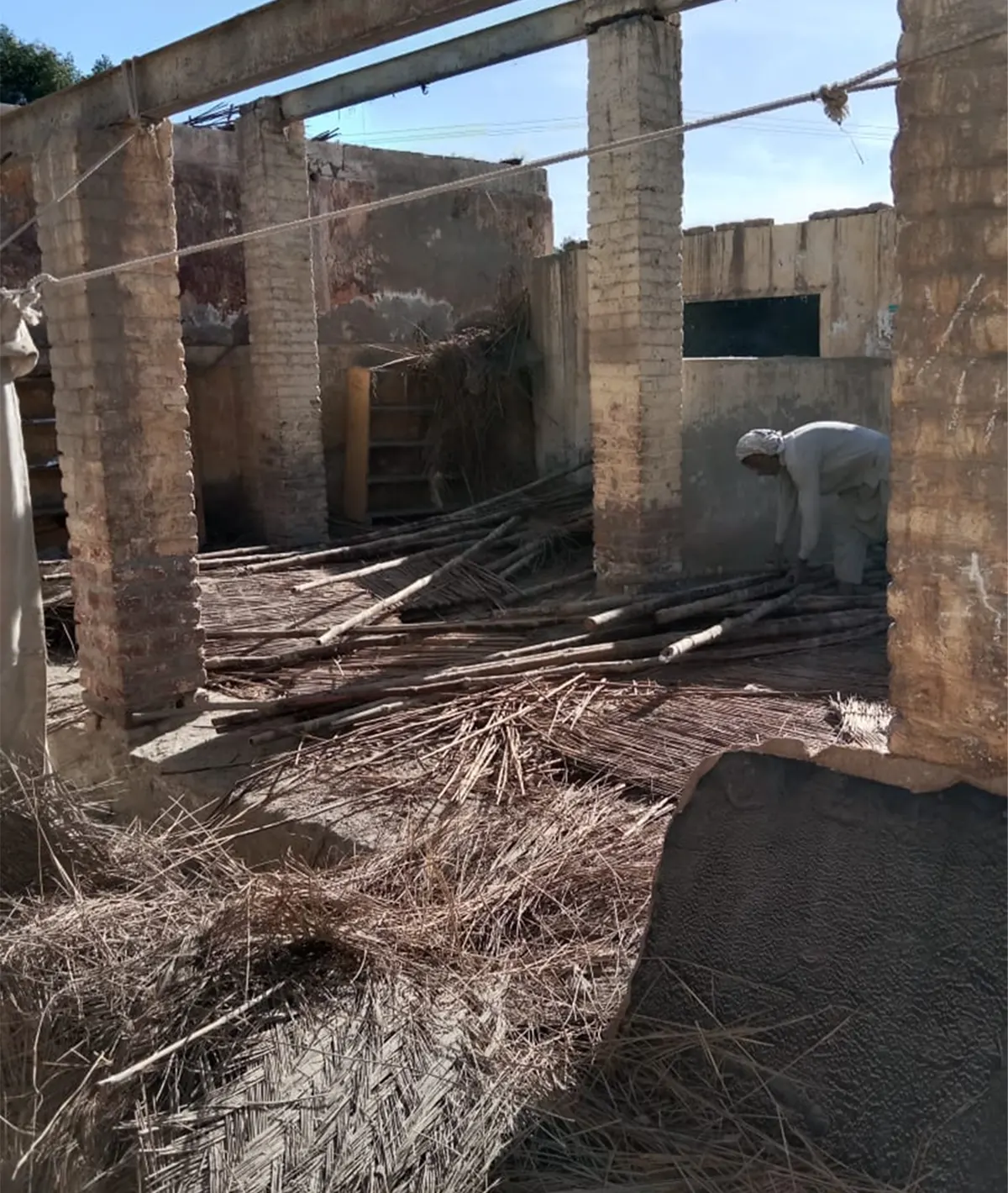Coal Mines – Pennsylvania
Next on the journey of surveying energy production in America, I went to the large anthracite coal mines in Pennsylvania. Coal, a fossil fuel and nonrenewable source of energy, was and still is a major source of energy production in the United States. It accounts for over a fifth of energy production in America currently, and is a major contributor in global warming.
Visiting an abandoned anthracite coal mine that has been turned into a museum, allowed me to better grasp the history of coal mining in the region. Being a coal miner is an extremely dangerous job, and coal mining has been a core part of the American economy for generations. Providing jobs to the people in regions, entire communities have been built around mines, making coal an integral part of the local culture in the coal regions. I saw why the Americans living in places such as northeastern Pennsylvania are reticent about shifting energy production to more renewable sources. Many of them would not only be losing their jobs, but also their entire way of life and what their family has been doing for generations.
There are primarily three types of coal, lignite, bituminous, and anthracite. All are used for energy and electricity generation in the United States. Bituminous is far more common, because of its abundance across the continent, and it is easily transported and stored. Bituminous coal constitutes roughly half of the American coal reserve, whereas anthracite coal makes up 2% of US coal reserves.
While anthracite coal is less prevalent than bituminous coal, it contains highest concentration of carbon out of the types of coal, causing it to produce the most energy when burned, and it burns much cleaner than its cousin. Anthracite coal in the US is only found in the region of northeastern Pennsylvania, the only place mining can occur.
I had the opportunity to visit the Blaschak Coal’s strip mine, one of the few active anthracite coal mines left in Pennsylvania. I saw the scale at which coal is still being mined today. The landscape is entirely gray pockmarked by deep holes and large pools of murky green water. Piles of anthracite coal are constantly being mined and then carried by colossal trucks to their next destination.
When I talked to my guide during the exploration of the coal mine, he assured me that anthracite coal energy production didn’t play a role in global warming, bituminous coal was to blame for climate issues.
No matter what our opinions are, global temperatures have increased by around 1 degree Celsius from pre-industrial times, and coal is responsible for more than 0.3 degree Celsius of that increase, making it the single largest source of global warming. Coal still supplies around a third of global energy needs, but its share of energy production is decreasing in the US. In order stop contributing to global warming, America must increasingly move away from coal and towards renewable sources of energy. At the same time, the government has to find new jobs and new ways for generations of coal miners to become part of the country’s economy. Coal’s deep roots in American economy and culture will make that task harder but it is necessary for a better future for all of us.
Sources:

Projects
Hello I’m Ammad Zuberi, I’m sure you’ve heard of the devastating
On my trip to Pakistan this summer, I had the amazing opportunity to go and survey the sustainable village project that I had raised funds for in 2022 after deadly floods dislocated 33 million people in Pakistan.
On my trip to Pakistan this summer, I had the amazing opportunity to go and survey the sustainable village project that I had raised funds for in 2022 after deadly floods dislocated 33 million people in Pakistan.




